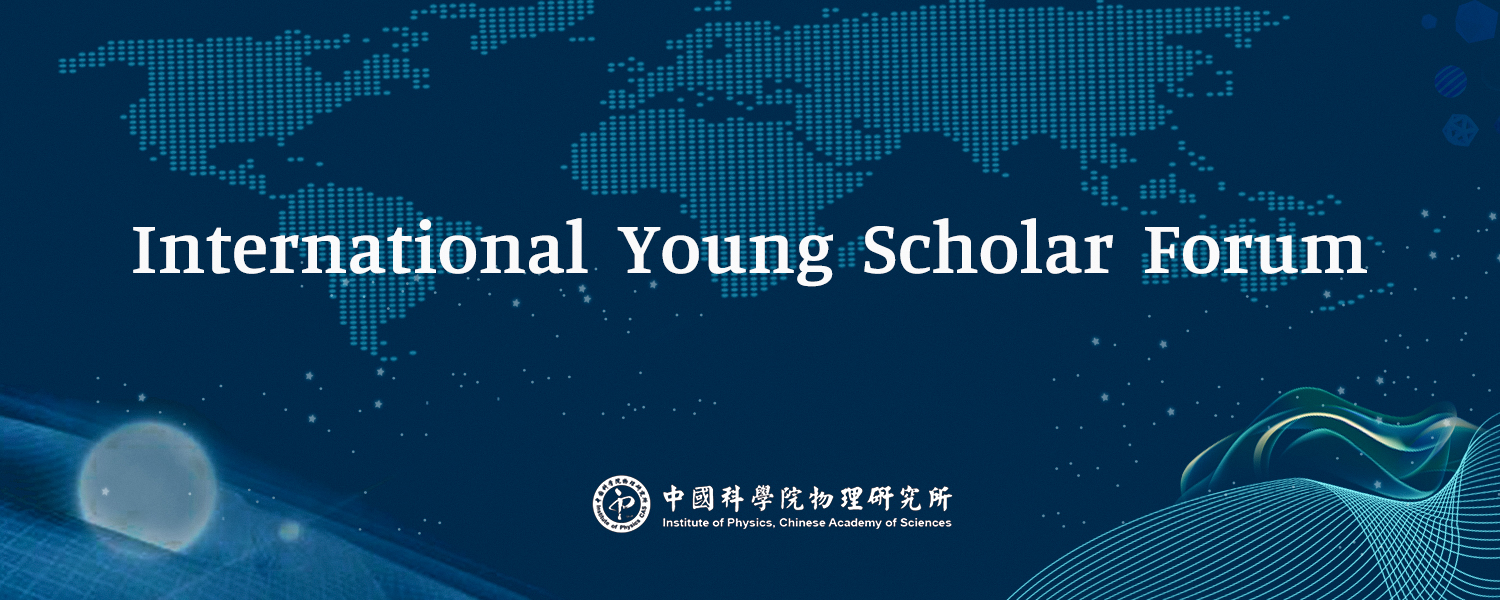Time: 16:00 pm, 10th September, 2020
Live link: https://meeting.tencent.com/l/VQAVy8Ou86Gk
Speaker: Dr. Zhaochu Luo, ETH Zurich
Abstract:
Magnetically coupled nanomagnets have many possible applications including non-volatile memories, logic gates, and sensors. So far, the most effective couplings have been found to occur between the magnetic layers in vertically layered stacks. We have exploited the Dzyaloshinskii-Moriya interaction to control the lateral coupling between out-of-plane and in-plane non-homogeneous magnetic structures, and demonstrate unique phenomena associated with such chirally coupled nanomagnets [1]. Based on this chiral coupling, we have utilized this concept for various purposes in the single-domain regime such as lateral exchange bias, field-free current-induced switching between multistate magnetic configurations, as well as synthetic lateral antiferromagnets, skyrmions, and artificial spin ices covering a broad range of length scales and topologies. We have also developed this concept for device applications in the combination with mobile domain-walls to realize chiral domain-wall injection [2] and domain-wall logic devices [3], which provides a viable platform for novel logic-in-memory architectures.
[1] Z. Luo, et al. Science 363, 1435 (2019).
[2] T.P. Dao, et al. Nano. Lett. 19, 5930 (2019).
[3] Z. Luo, et al. Nature 579, 214 (2020).
Brief CV of Dr. Zhaochu Luo:
Dr. Zhaochu Luo received his Bachelor’s degree in Materials Science and Engineering from Tsinghua University in 2012. Then he joined the Beijing National Center for Electron Microscopy at Tsinghua University as a PhD student. During his PhD, he mainly focused on spin-dependent transport phenomena and their applications in magnetic non-volatile logic. In 2017, Zhaochu received his PhD. He then joined the Laboratory for Mesoscopic Systems at ETH Zurich as a postdoctoral researcher in August 2017. Zhaochu’s current research interests include nanomagnetism, magnetoresistance phenomena in semiconductors, magnetic logic, and spin-based neuromorphic computing.
Click to view the recorded report video►http://as.iphy.ac.cn/video_detail.php?id=27679
